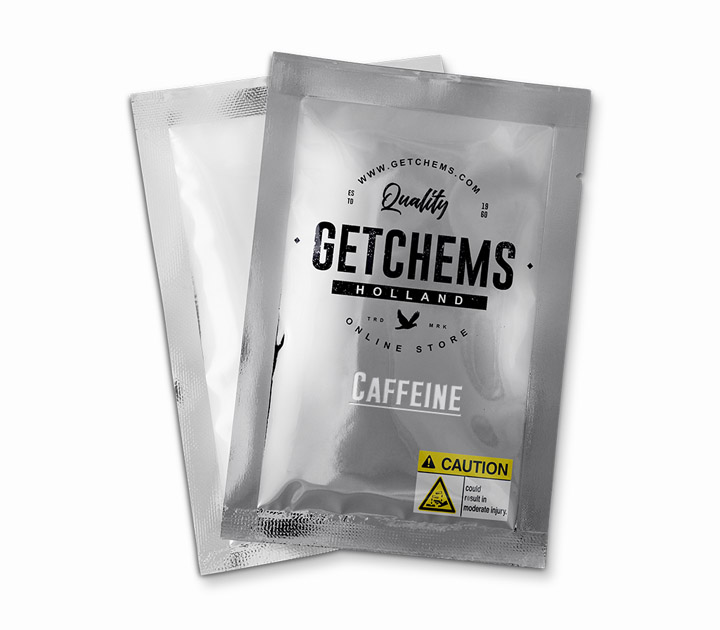No products in the cart.
Caffeine
€10.15
Buy Clean and pure Caffeine [>90.0%] direct from our online shop
Shipping to USA, EU, NZ, AU *
*for research purposes only. human consumption is against our terms of service.
the principal mechanism of action of caffeine is as a nonselective antagonist at the adenosine a1 and a2a receptors. during waking periods, the brain
levels of the neurotransmitter adenosine steadily increase and trigger fatigue and sleepiness. the caffeine molecule is structurally similar to adenosine, which enables it to bind to adenosine receptors on the surface of cells without activating them, thereby acting as a competitive inhibitor.
| bulk discount: | |
| 1 Gram | 10.15 |
| 3 Grams | 23.00 |
| 5 Grams | 31.50 |
| 10 Grams | 61.00 |
| 25 Grams | 139.50 |
| 50 Grams | 254.00 |











NadiM –